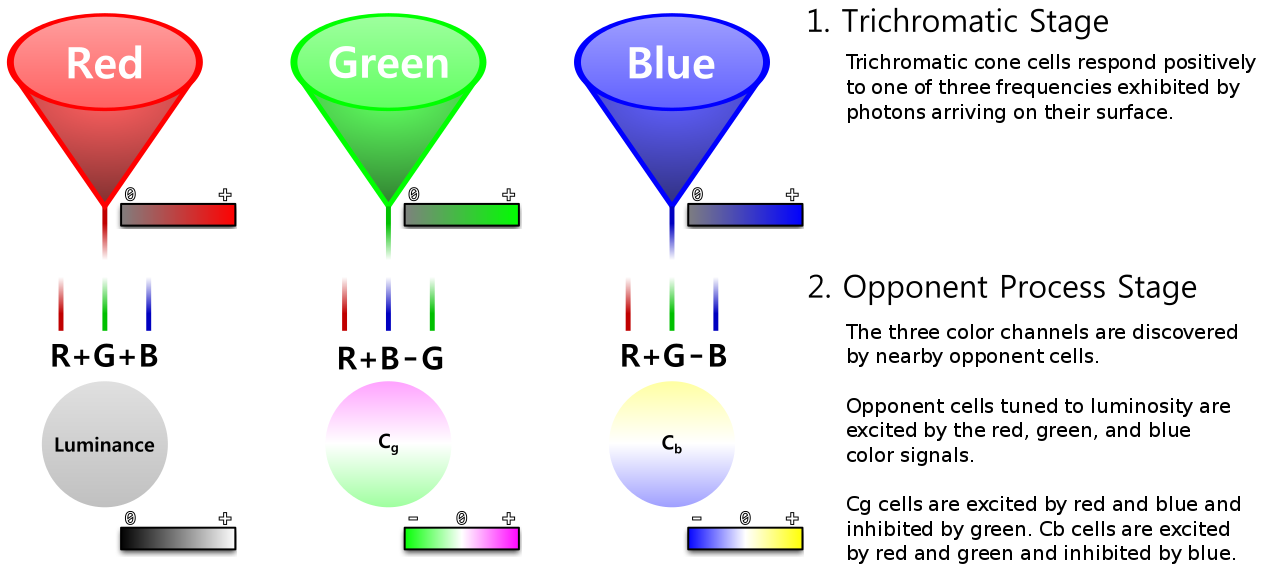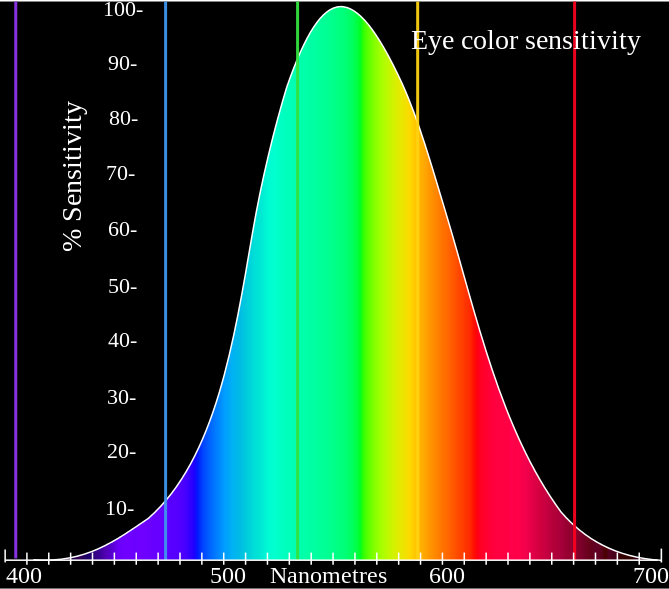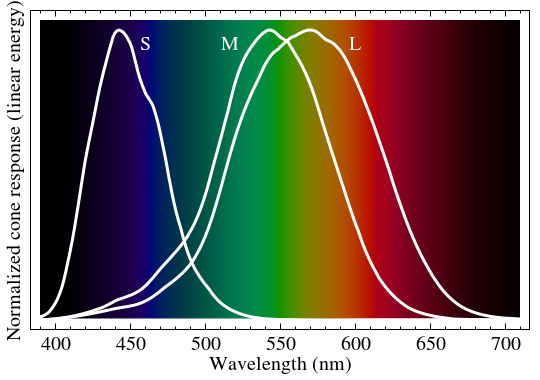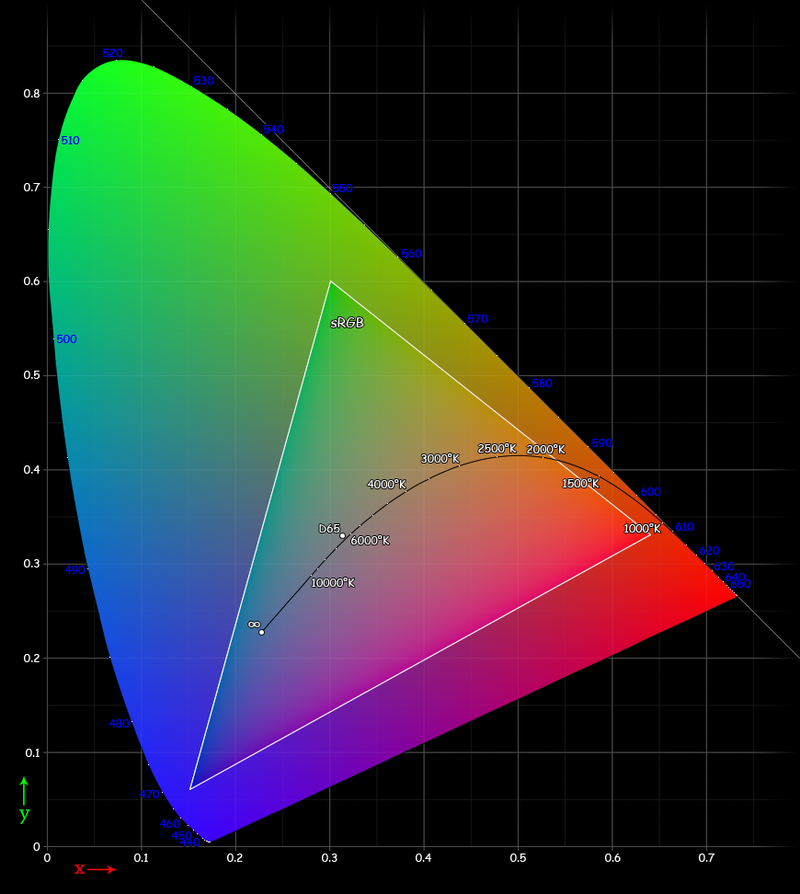I have been in the process of changing some of the shotguns' that I use the most often over to fiber optic front beads.
Mainly because when I'm out hunting in the early morning and fog, dark brass front beads just don't stand out as much to my eyes anymore now that I'm getting older.
The fiber front sights are doing much better for me though. Especially in low light early dawn and dusk.
And I tend to prefer the green over the red fiber sights too.
Anyway, this one is a truglo "long bead" that I put on my Charles Daly semi-auto this morning. Price was $12 and some change including shipping from ebay. So, if you account that it took a couple of bucks to pay for the shipping, the price isn't out of line from what a standard bead costs (they're about $7).
Since I wasn't sure what size the threading was on the factory vent rib, I ordered the 6-48 since it's the largest (most robust) thread that's used.
And of course, when it got here, the threads on the factory barrel must've been 5-40 because it wouldn't even start.
So, I just enlarged the hole and used my old 6-48 tap and remedied that little issue in about a minute and a half. I've had the little tap and bit for a couple of years and only costed a few dollars from brownells. It's tools like that which come in handy most often when you need them. Plus, you never have to worry about being dumb and ordering the wrong size thread like I did.

The double barrel that my family got me for Christmas year before last actually came with a fiber front bead that I appreciate a lot too. It's not as long as the truglo but it's pretty bright despite that it's barely 1/3rd of the length of the truglo longbead. It's still crisp and fast to pick up on though.

Mainly because when I'm out hunting in the early morning and fog, dark brass front beads just don't stand out as much to my eyes anymore now that I'm getting older.
The fiber front sights are doing much better for me though. Especially in low light early dawn and dusk.
And I tend to prefer the green over the red fiber sights too.
Anyway, this one is a truglo "long bead" that I put on my Charles Daly semi-auto this morning. Price was $12 and some change including shipping from ebay. So, if you account that it took a couple of bucks to pay for the shipping, the price isn't out of line from what a standard bead costs (they're about $7).
Since I wasn't sure what size the threading was on the factory vent rib, I ordered the 6-48 since it's the largest (most robust) thread that's used.
And of course, when it got here, the threads on the factory barrel must've been 5-40 because it wouldn't even start.
So, I just enlarged the hole and used my old 6-48 tap and remedied that little issue in about a minute and a half. I've had the little tap and bit for a couple of years and only costed a few dollars from brownells. It's tools like that which come in handy most often when you need them. Plus, you never have to worry about being dumb and ordering the wrong size thread like I did.

The double barrel that my family got me for Christmas year before last actually came with a fiber front bead that I appreciate a lot too. It's not as long as the truglo but it's pretty bright despite that it's barely 1/3rd of the length of the truglo longbead. It's still crisp and fast to pick up on though.








